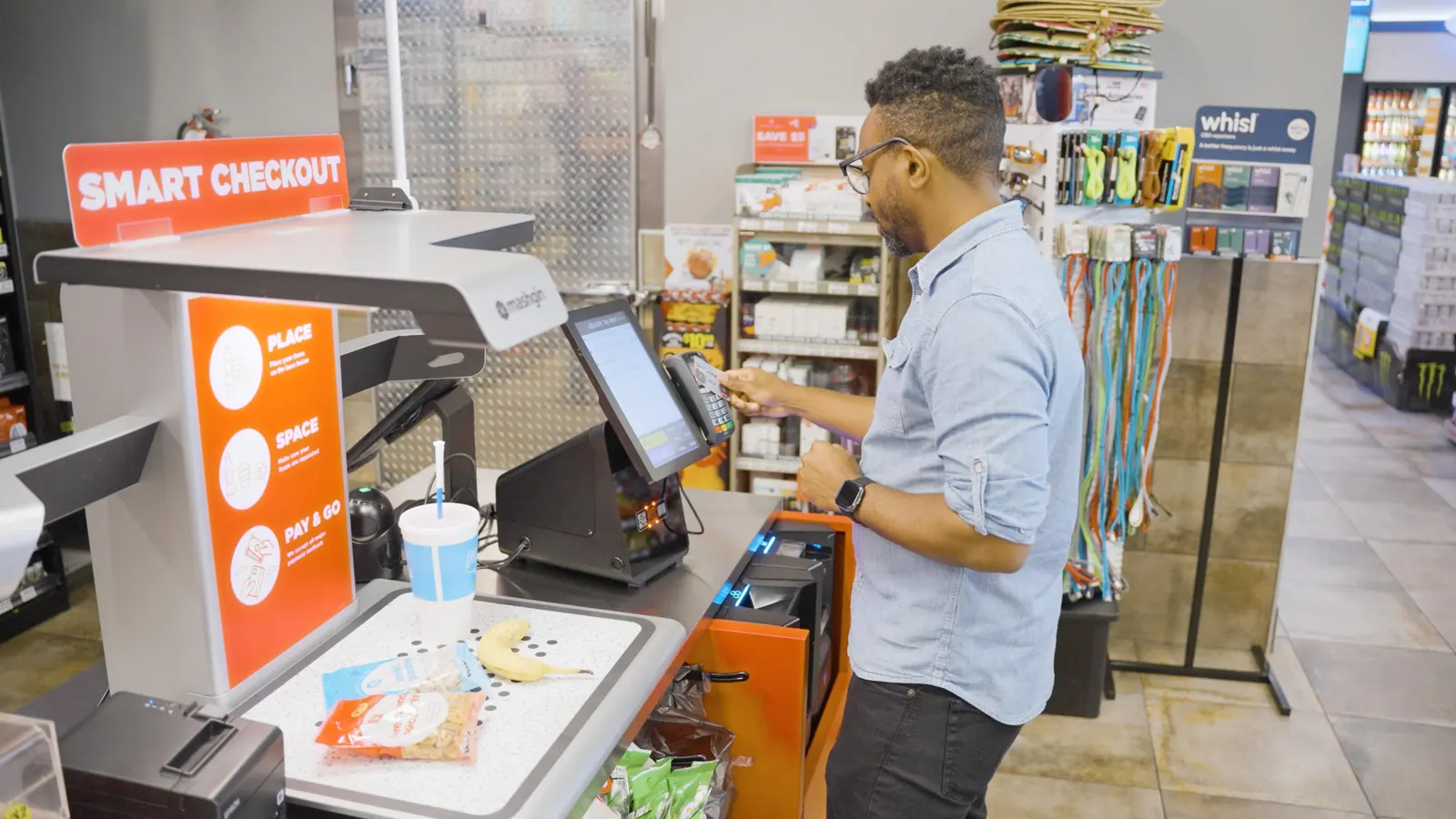The mergers and acquisitions (M&A) landscape in the global self-checkout market is a strategic and often transformative affair, focused primarily on the consolidation of market share among the major players and the acquisition of new technologies to build a more comprehensive retail automation platform. A strategic analysis of the most significant Self Checkout in Retail Market Mergers & Acquisitions reveals that the industry's highly consolidated structure is, in part, a result of key historical deals. In a mature hardware market, M&A is often a more effective path to growth than organic expansion, allowing companies to gain market share, achieve greater economies of scale, and acquire new customer relationships. The market's steady growth provides the financial stability and rationale for this ongoing strategic activity. The Self Checkout in Retail Market size is projected to grow USD 17.62 Billion by 2035, exhibiting a CAGR of 13.44% during the forecast period 2025-2035. The M&A activity in this space is a clear indicator of the strategic priorities of the major players as they seek to defend their leadership in the traditional checkout market while also positioning themselves for the next wave of retail innovation.
The most common M&A theme in the history of the broader retail POS and self-checkout market has been the large-scale merger or acquisition of major competitors to create a more dominant entity. The deal that formed Diebold Nixdorf, by combining Diebold (a major player in ATMs and security) with Wincor Nixdorf (a major player in retail POS systems), is a key example of this consolidation strategy. The rationale for such a deal is to create a single company with a broader portfolio of solutions for both the banking and retail industries, to achieve significant cost synergies by combining operations, and to create a more powerful global competitor to the other major players like NCR and Toshiba. While mega-mergers between the top three self-checkout players are now less likely due to anti-trust concerns, this history of consolidation is what has led to the oligopolistic market structure we see today. The major players have all grown, in part, by acquiring smaller, regional, or competing hardware manufacturers over the years.
Looking forward, the focus of M&A is likely to shift from consolidating the hardware market to acquiring the software and AI technologies that represent the future of retail checkout. A major incumbent self-checkout provider like NCR might acquire a startup that has developed a leading "scan-and-go" mobile application or a company with a powerful computer vision platform for frictionless, "walk-out" shopping. This would be a strategic move to "buy" the innovation that is threatening their core kiosk business and to be able to offer their large retail clients a full spectrum of checkout options, from traditional kiosks to the latest frictionless technologies. Another area for M&A will be in software for loss prevention. A major challenge with self-checkout is theft and "shrink." A company that has developed a superior, AI-powered video analytics tool for detecting unscanned items or other forms of fraud at the self-checkout would be a highly valuable acquisition target for the major hardware vendors. The future of M&A in this space will be about adding intelligence and new capabilities to the existing hardware footprint.
Top Trending Reports -



